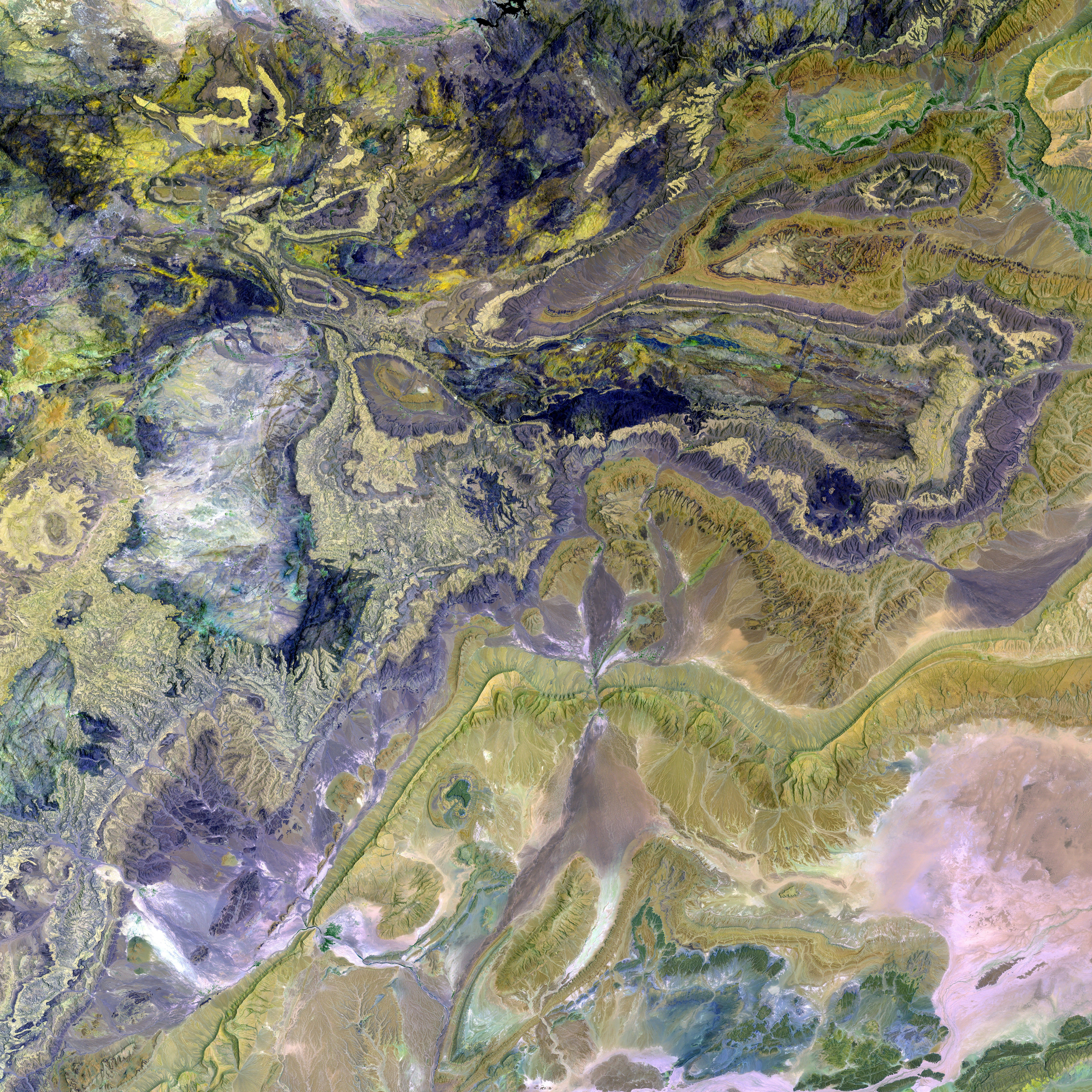Rapid and severe rosacea: Origin, indications, and remedies
Rosacea Fulminans: A Uncommon, Severe Skin Condition
Rosacea Fulminans, an uncommon and severe form of inflammatory skin condition, typically impacts the central section of the face, including the chin, cheeks, and nose. Known also as pyoderma faciale, it is characterized by flushed, swollen, and painful nodules and pimples that may merge, differing from those of rosacea or acne in their severity and rapid onset.
Primarily occurring in females of reproductive age, the exact cause of this condition remains elusive. However, a 2020 review hints at possible links with conditions such as inflammatory bowel disease and pregnancy, while previous rosacea might also increase the likelihood of developing rosacea fulminans.
Various factors may trigger rosacea fulminans, including emotional stress, hormonal fluctuations, and certain medications. Additionally, a 2021 literature review suggests that dietary factors may potentially trigger or worsen rosacea symptoms. Potential dietary triggers include spicy foods, alcohol, foods containing cinnamaldehyde (such as chocolate, tomatoes, and citrus fruits), histamine-rich foods and beverages (like wine, aged cheese, and processed meats), hot drinks, and foods high in sugar. However, it is crucial to note that dietary triggers may vary from person to person.
Treatment options for rosacea fulminans may encompass oral isotretinoin (a prescription-only acne medication) and corticosteroids, administered orally or topically. A 2016 case study revealed symptoms resolution with the combination of antibiotics, corticosteroids, and lifestyle changes. Given potential triggers, healthcare professionals may recommend reducing stress, making certain dietary changes, and using gentle skin care products.
It is advisable for individuals experiencing symptoms that go beyond typical rosacea or acne (large, tender nodules, abscesses, significant facial discomfort, sudden onset of symptoms, persistent or worsening symptoms, eye irritation or inflammation, or systemic symptoms like fever) to consult a dermatologist or healthcare professional promptly. Early intervention can help manage symptoms, reduce the risk of complications, and improve overall quality of life.
In summary, Rosacea Fulminans is an uncommon, severe form of rosacea that typically impacts the central face. Its symptoms appear suddenly, and may include localized skin color changes, inflammation, and painful nodules or pimples. Although the exact cause is unknown, various factors may trigger or worsen the condition. Treatment entails corticosteroids, isotretinoin, and — in some cases — stress management and dietary adjustments. Seeking prompt medical attention is advised to ensure accurate diagnosis, begin treatment, and prevent complications.
Rosacea Fulminans, a severe skin condition affecting the central face, demands medical attention if symptoms go beyond typical rosacea or acne, due to its potential for complications. It is advisable for individuals to consult a dermatologist or healthcare professional promptly, as treatment may involve medication like oral isotretinoin or corticosteroids and lifestyle adjustments, such as stress management and dietary changes. Scientific links between rosacea fulminans and medical conditions like inflammatory bowel disease, pregnancy, and certain dietary triggers have been explored in recent studies.








